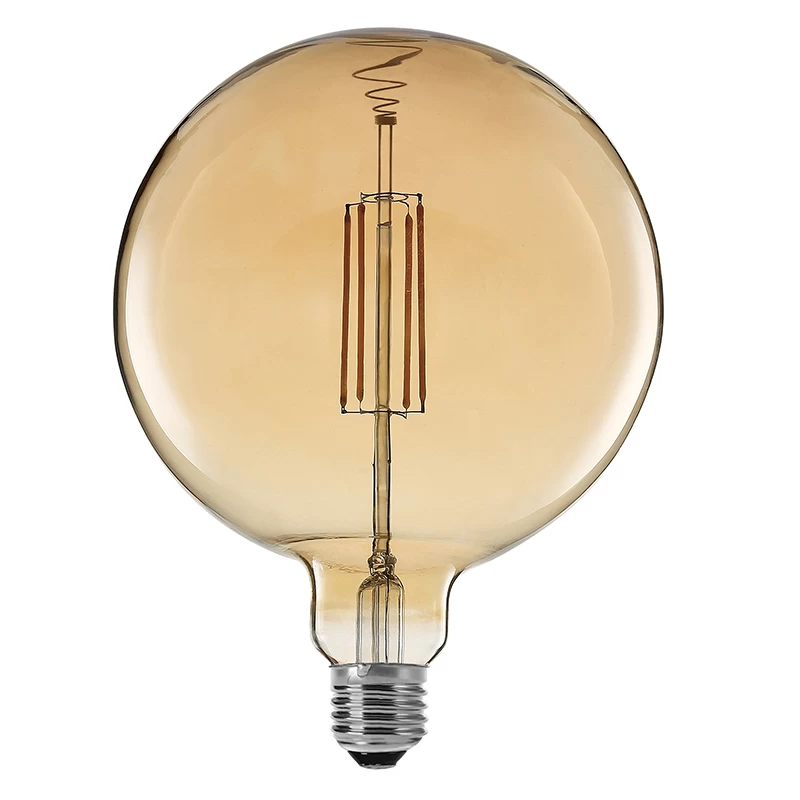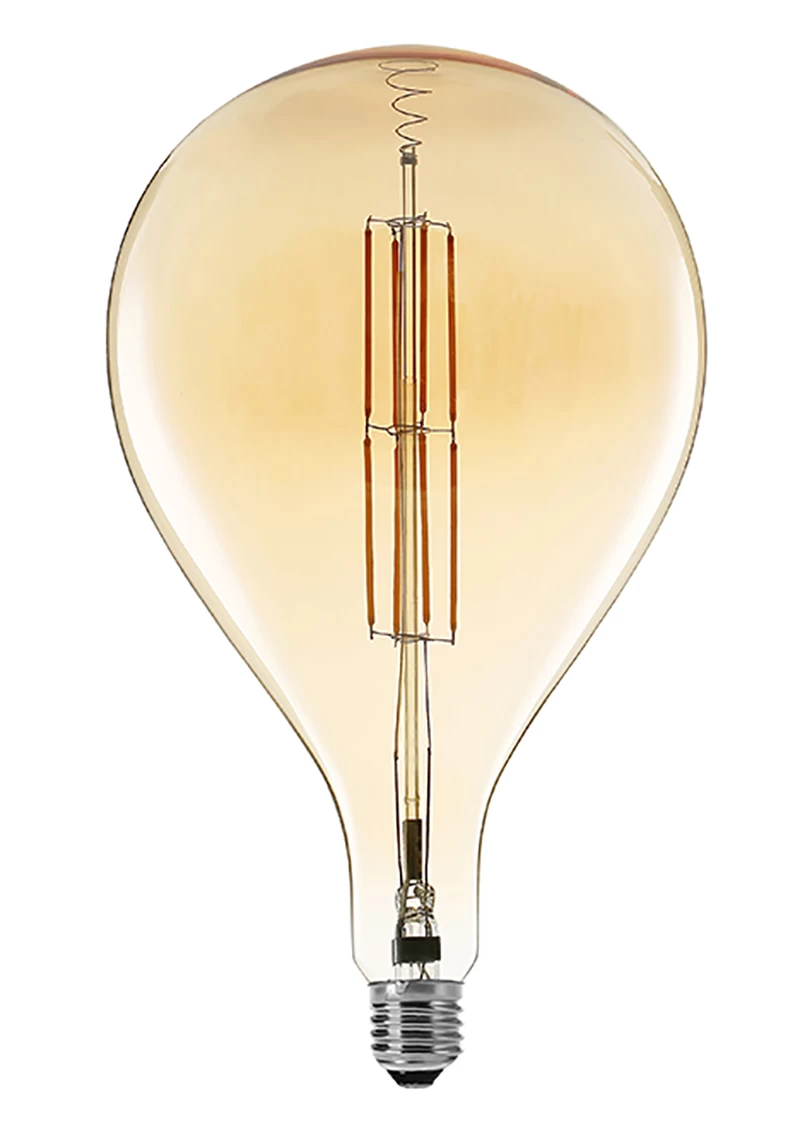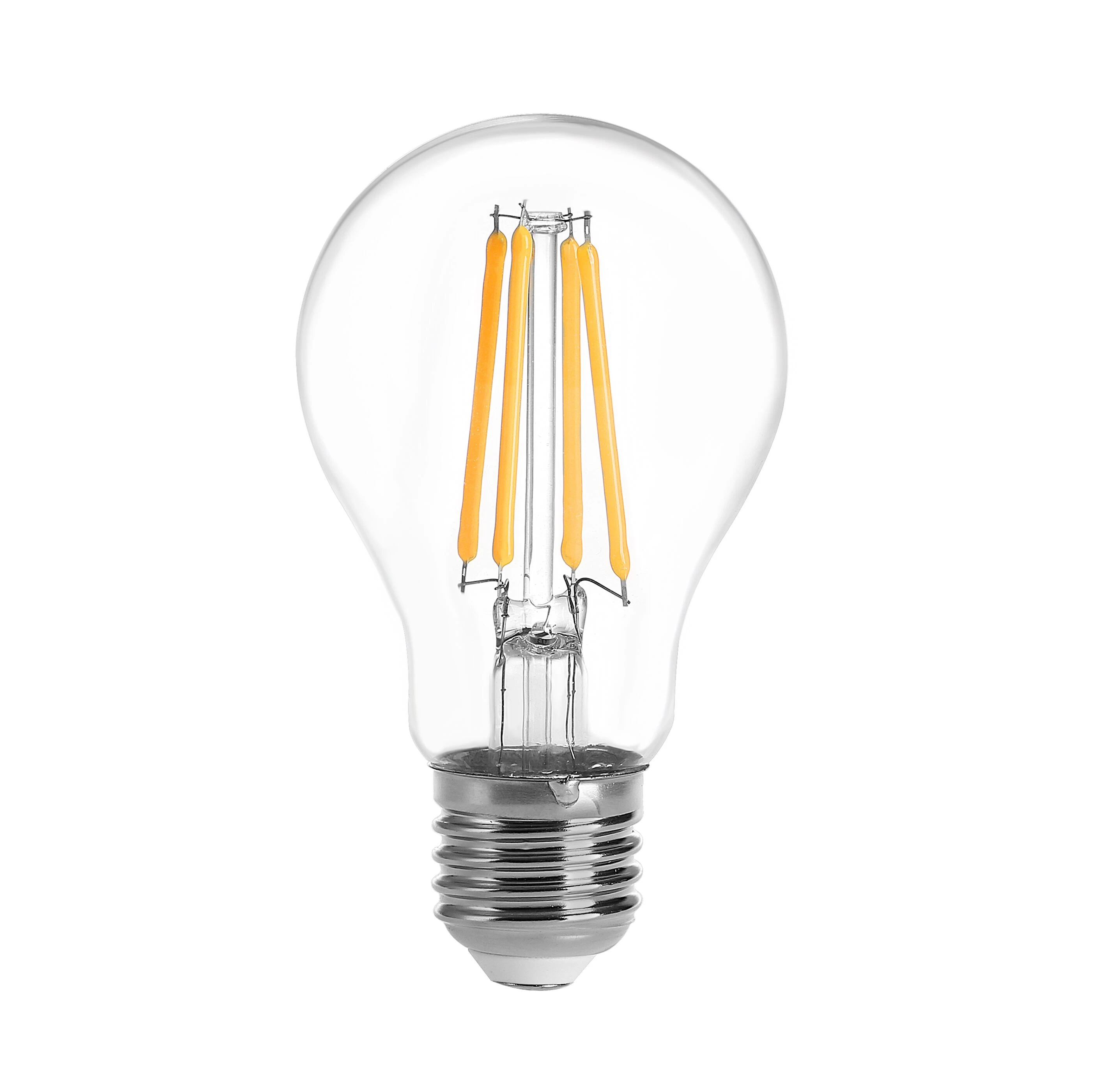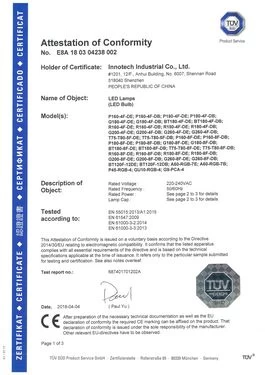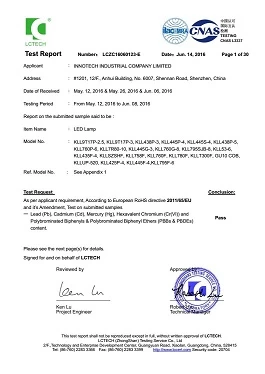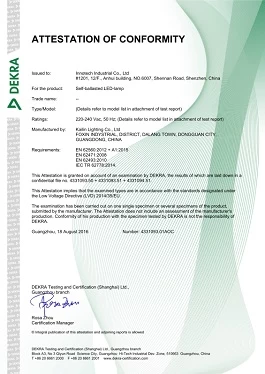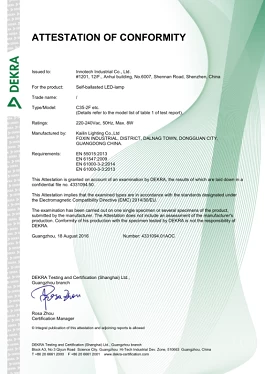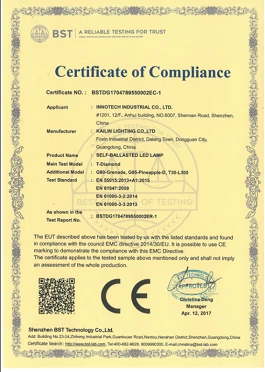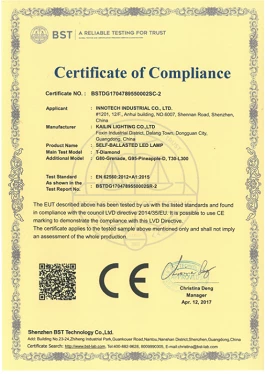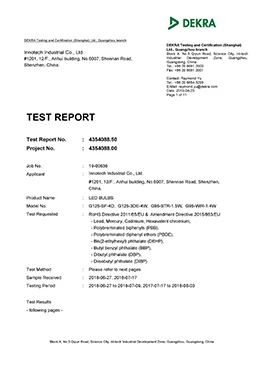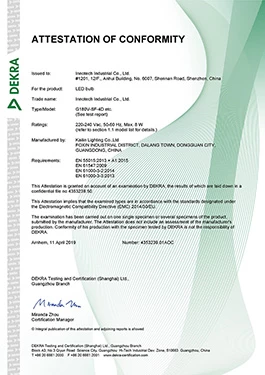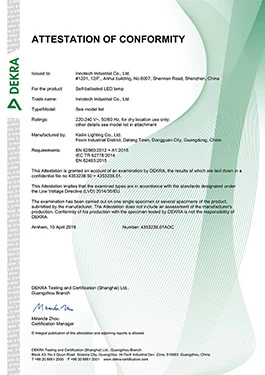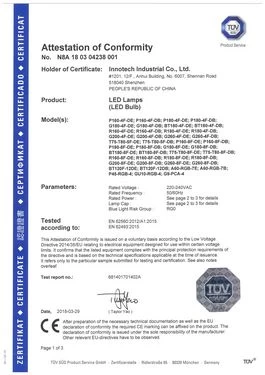Sino-US trade war escalation will affect LED lighting order reflow
Since 2018, the growth momentum of the global LED lighting market has been weak. From the perspective of regional economic performance, in addition to the strong economic recovery in the US, affected by exchange rates and uncertainties, many emerging economies are facing negative pressures from recession, including India. The regions of Turkey, Argentina and other regions all showed market volatility. The impact of Sino-US trade disputes has intensified, and the growth performance of the mainland domestic demand market has also weakened. Under the overall economic misunderstanding, the lighting market as a demand for people's livelihood is also present. The terminal pulled the goods weak.
The mainland LED lighting industry revealed that due to the situation of higher tariffs in the United States, the demand for LED terminal lighting in the fourth quarter has rebounded strongly. The downstream industry is worried that 25% of tariffs will continue to cost high, and the terminal market has emerged in the near future. Orders in the upstream supply chain of LEDs have strengthened.
However, in 2018, the price of LED lighting components fell more than expected, and the annual decline was at least 20% to 30%. Under the dilution of LED component price profits, the decline of more than 20% is a severe test for the industry. At the same time, the prices of hardware and raw materials have risen. The lighting finished product manufacturing has also encountered pressure to increase the cost. Now the US tariff range is even worse. Once the tariff is raised to 25% in 2019, some of the costs will be passed on to the upstream supply chain, and the LED industry price reduction competition will be expanded again.
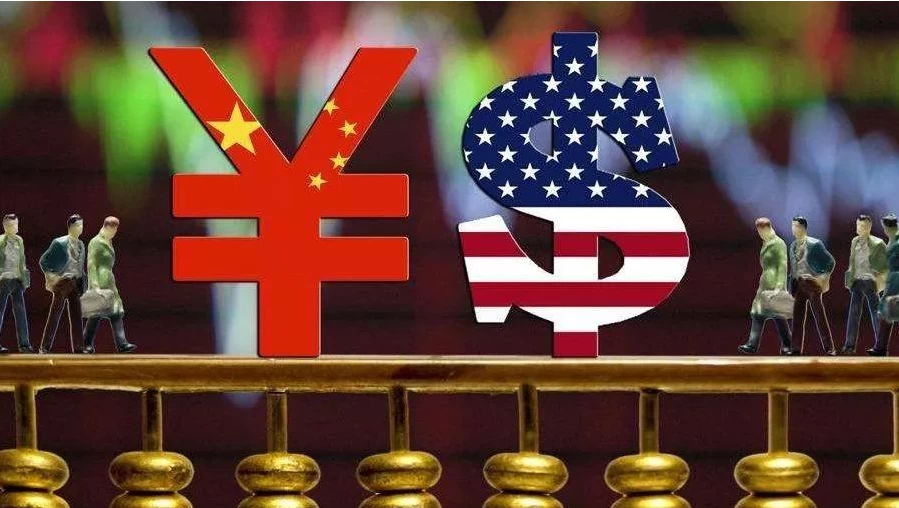
Equivalent Incandescent bulbs LED bulbs supplier
According to the United States recently announced that about 200 billion US dollars of mainland products will officially increase the 10% tariff from September 24, and by 2019, this wave of tariff list will increase to 25%, then the land side made a counter System, the tension between the two sides continues to rise, the industry believes that after the US mid-term elections, it may bring room for relaxation of the two sides' opposition, but another group believes that in the short term, it may not be successful, the impact will continue at least until 2019.
According to industry estimates, the first round of tariff list announced in April 2018 has little impact on the mainland LED industry, only about 200-300 million US dollars, but the atmosphere of the two governments is arrogant, the essence of LED lighting The impact is far more than expected, due to the strong wait-and-see attitude of the market, terminal manufacturers are afraid to stock up, the traditional peak season of LED lighting is not prosperous.

As for the second round of tariffs, the level of related products is more than 30. The related products of the LED lighting industry account for nearly 80% of the export value of the mainland's lighting products to the US, equivalent to more than 8 billion US dollars. .
The industry believes that the increase in US tariffs coincides with the peak season of consumption at the end of the year. The short-term impact of standardized products such as LED bulbs and lamps should be limited. Since replacement lighting is a necessity for people's livelihood, the current retail price of LED lamps is even lower than that of energy-saving lamps. Brands and suppliers will each take profits and the basic market demand will be maintained. However, the price of in-line LED and design lighting products is relatively high. Since 2018, the lighting brands have been increasing their prices. In the future, with the increase of tariffs, LED packaging purchases may shift positions, and assembly lines will also give priority to existing certifications. His domestic line, or neighboring the Mexican region of the United States.
In recent years, the price of LED lighting has fallen, and Taiwanese factories have gradually shifted the focus of lighting production. However, compared with the land factory, the cost of Taiwanese factories is about 10% to 15% higher. If the US tariff increases to 25% from 2019, it will benefit the order. Returning to the Taiwan factory, LED factory Dongbei also revealed that since the five-factory factory was planned to be used as an LED lighting factory, there have been many recent US manufacturers frequently contacted. In addition to the original large customers, the beauty of processing and export in the mainland. The business also considers the plan to convert the production line before the end of the year.
The industry believes that the second round of tariffs in the United States will put pressure on the mainland labor and employment market. In addition to the fact that multinational companies will be forced to consider moving out, the deterioration of corporate financial problems will lead to the early elimination of some poorer players. The mainland LED factory is reducing the United States. After the market exports, the estuary of its consumption capacity will shift to other emerging markets. The terminal brand will reduce risk and control inventory. The upstream supply chain will also be more conservative and have an impact on the industrial order. More likely, The mainland domestic demand problem may eventually expand into a global economic problem.

US LED lighting orders are returning to the Taiwanese factory, or the license is expected to bring about an increase in performance, but the risk of Sino-US trade competition is extremely great. It is difficult to predict when the weather will change. If it is only a short-term order, it will be difficult for the Taiwan plant to adjust its operations. Bringing concrete benefits, and the disorder of the industrial order may lead to more sequelae of vicious competition, and will also add unpredictable haze and variables to the industrial outlook in 2019.

 +
+




